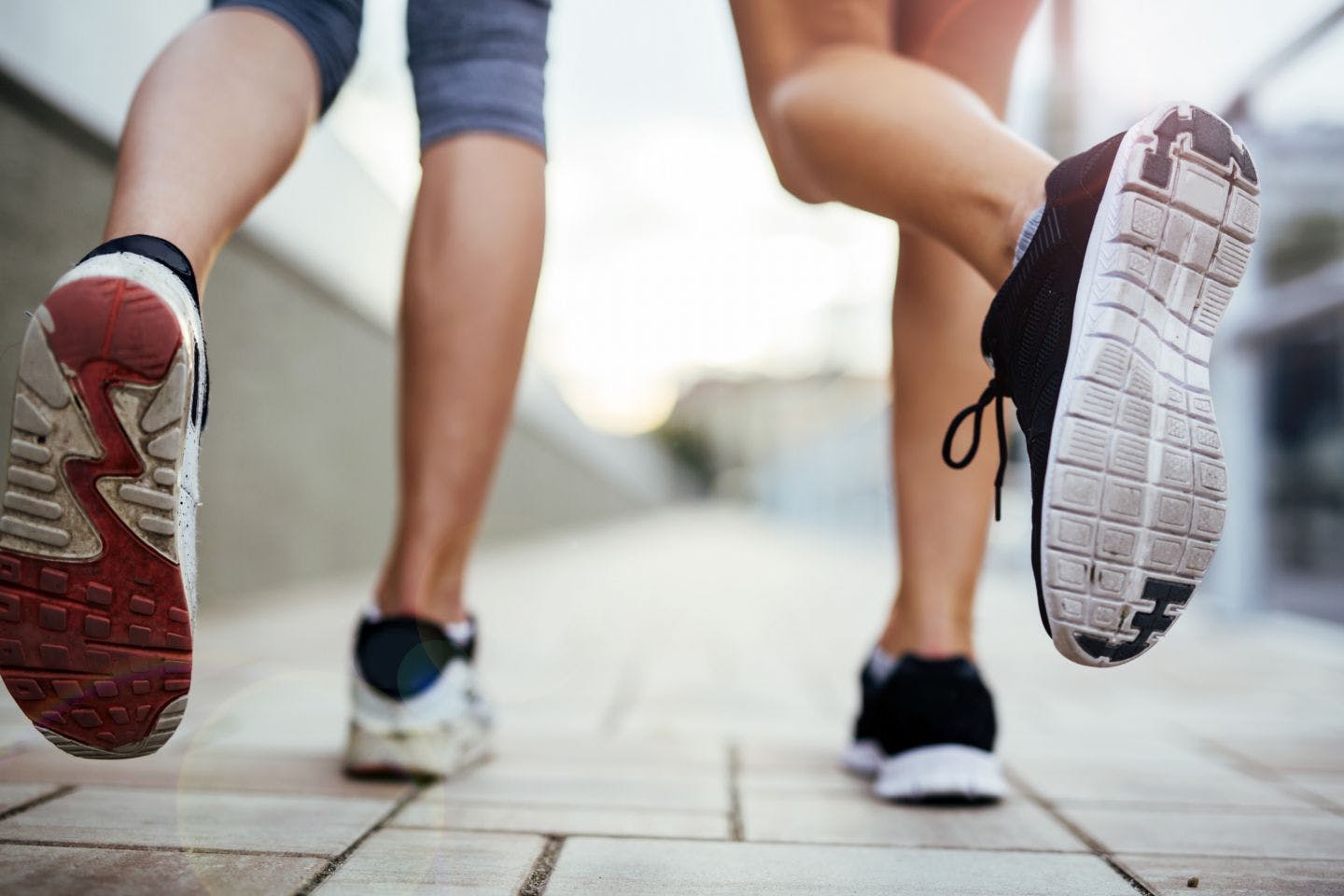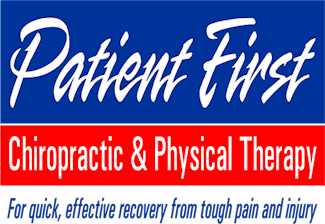
Shin Splints is also known as Medial Tibial Stress Syndrome (MTSS). It is a common condition among runners, athletes, and other active individuals, as well as individuals who have previously sustained a running injury: individuals with flattened foot arches and individuals with a higher body mass index. Shin splints is an exercise-induced repetitive stress condition caused by overworked muscles, tendons, and bone tissue, resulting in pain along the anterior (front outside) or medial (inner) part of the shinbone (tibia – the large front bone in the lower leg) and possibly some edema (swelling) of the low leg.
Pain along the front outer part of the shinbone is called anterior shin splints, and pain along the inside part is called medial shin splints. Medial shin splints are the most common type of shin splints.
Contributing factors to shin splints include:
- Overpronation (foot rolling inward) – wearing motion-control shoes or orthotics may help
- Inadequate stretching – stretch your calves and Achilles regularly as a preventive measure
- Worn shoes – have two pairs of shoes and alternate wearing them to vary the stresses on your legs
- Excessive stress placed on one leg or one hip from running on tilted surfaces or always running in the same direction on a track – run on more level ground and switch directions when running on a track
Common Signs of Shin Splints
- Generalized pain in the inner or outer-front of the shinbone
- Most painful when you forcibly try to lift your foot up at the ankle and flex it
Not all Shin Pain is Shin Splints
Shin pain does not always mean you have shin splints. Two conditions people commonly mistake for shin splints are:
- Compartment Syndrome – swelling of muscles in a closed compartment, which creates pressure. Symptoms of this include leg pain, unusual nerve sensations, and eventually muscle weakness. Severe cases may require surgical decompression.
- Stress Fracture – an incomplete crack in the bone. Symptoms of this include sharp pain in a specific part of the shin, it feels better in the morning because the bone hasn’t been weight-bearing all night or it may feel worse due to the soft tissue tightening overnight. If you feel any of these, you’ll need to get a bone scan.
Treatment for shin splints includes rest, ice, pain relievers and physical therapy.

